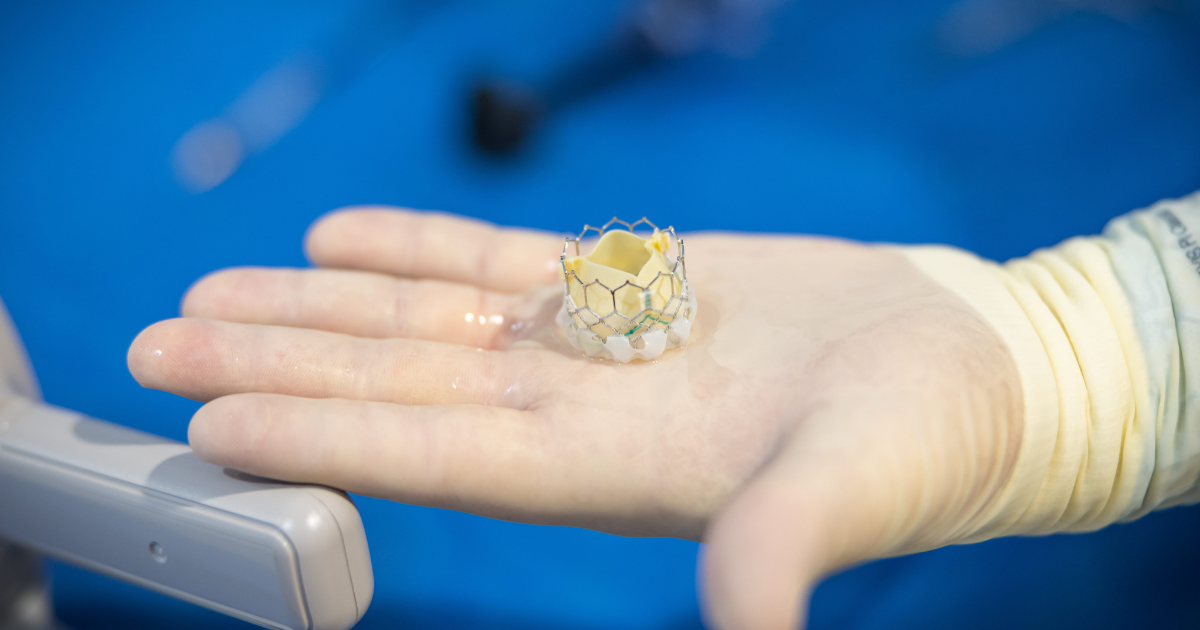Leg arteries won’t work? We can now replace the aortic valve through carotid arteries in the neck

Transcatheter aortic valve replacement, or TAVR, is an increasingly popular alternative to open heart surgery. The minimally invasive procedure treats aortic stenosis, a narrowing of the aortic valve that blocks blood flow and forces your heart to work harder.
During TAVR, doctors typically place a replacement inside the diseased valve by threading it through an artery in the patient’s groin or femoral arteries. However, not all patients can have valves placed through their femoral arteries. Fortunately, a new approach to the heart through the carotid arteries, offers still another option.
This was the case for Larry Engel, 82, who began experiencing signs of aortic stenosis earlier this year. Rather than opening his chest, doctors proposed a different route, entering instead through one of two carotid arteries in his neck.

The Omaha World-Herald recently discussed Engel’s experience. Subscribers can read the full article online.
“It's not uncommon for patients who have diseased aortic valves to also have problems with peripheral arteries,” Nebraska Medicine cardiologist Shahbaz Malik, MBBS, who performed Engel’s procedure, told the World-Herald. "For those patients who can't get a conventional surgery, they may have been relegated to second-tier options or just medical care. Now they have this as a viable alternative."
TAVR, approved by the Food and Drug Administration in 2011, is typically used in patients 70 years and older with severe aortic valve narrowing and accompanying symptoms.
Dr. Malik said the incidence of aortic stenosis – caused by normal wear and tear or calcification – increases with age. It affects approximately 4% of people in the 60- to 69- and 70- to 79-year-old age brackets and nearly 10% of those 80 years and older.
The tissue-based valves used in many surgical repairs and minimally invasive replacements last about a decade. The surgically placed valve sewn in after the old valve is removed can be replaced later if necessary.
The carotid approach is not currently recommended for young people, those with femoral access or anyone with a need for additional repairs. However, it could become the preferred method if studies show that stroke rates and other complications are the same as those for the femoral approach.
Troy Engel, Larry’s son, told the World-Herald that his father has been breathing better since his procedure. He recently returned home from rehab and celebrated his 82nd birthday.
"He's real happy with everything," he said.






